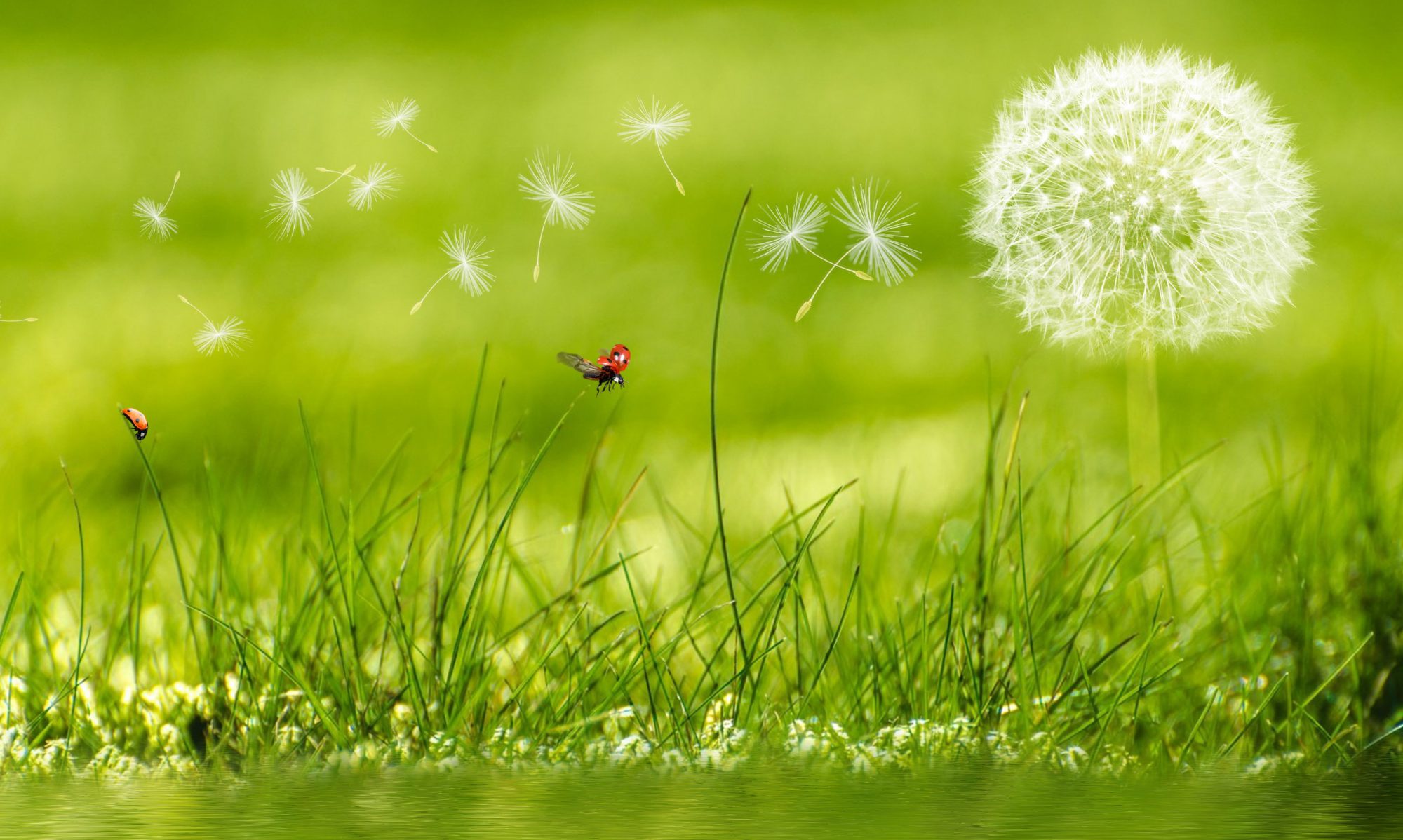
I’ve held off ranting about the examples of sheared shrubs that I see in my town, but no more. Hey, I’m just agreeing with the experts. I Googled “shearing shrubs” and found:
Both the Arizona Water Authority and the AZ Plant Lady agree that it’s bad, and Maureen Gilmer in the Seattle Times declares “Sheered Shrubs a Travesty:”
If Mother Nature had intended shrubs to be square, she would have created them that way. Yet humans persist in trying to render a free-growing plant into geometric perfection.
So there’s the obvious aesthetic objection – the plants don’t LOOK as good, at least in the eyes of most plant-lovers. Correct pruning not only looks better but is much less work.
Maureen’s mentor taught her that “The shrub should never look as though it’s been pruned….And if done properly, you rarely have to prune at all,” adding that “he knew from 50 years in the field just how much work results when shrubs are sheared rather than pruned.” Exactly!
From the U. Maryland, there’s this advice about Pruning Hedges and Shrubs:
Many folks like the look of sheared plants but they lose their characteristic shapes and lateral buds along the stems are stimulated to produce even more new growth. It can also reduce flowering.
And they show how to do it correctly.
The late, awesome Cass Turnbull, founder of PlantAmnesty.org tackles the subject thoroughly in “Don’t Shear: Why Johnny Can’t Prune.” Starting with the point that shearing is “unhealthy for plants” and “subverts plant’s natural beauty,” she goes on to pose an interesting question – why the landscape industry has persisted in the practice of shearing.
The resulting maintenance costs [from shearing], when compared to those of selectively pruned shrubs, are high. This is the case with all pruning art, including pollarding, pleaching, cloud pruning, and espalier. They all require high maintenance, with specific species chosen purposely to create a formal garden or garden element… .
The problem with shearing most plants is that shearing stimulates watersprout regrowth that is unattractive and needs to be re-sheared frequently to keep the plant looking tidy—sometimes as often as eight times a year. But selectively pruned plants need to be pruned only once every one-to-five years.
She asks, “Why does shearing persist even among the larger, more successful companies? If it is wrong and it costs more, why does it continue to be the industry standard? Why, why, why?” The answer seems to be that “There is almost an instinctive affinity for shearing in the unenlightened” because shearing makes the “everything look tidy and under control.”
The solution she suggests is better marketing. “Selective pruning could be sold to new customers as an alternative to traditional shearing, saying that it costs less, is better for plant health, uses no carbon emissions (gasoline), and requires no noisy equipment. Selective pruning can be called natural target pruning, fine pruning, or aesthetic pruning. Brag on the company’s horticulturally knowledgeable staff and their ability to use the natural pruning technique. These are things that many customers are already seeking.” Brilliant!
Here are a few of the shrubs I see sheared in my neighborhood.
Forsythia

The very knowledgeable Ruth Clausen offers great advice in her “How to treat forsythia and other old-fashioned spring shrubs.” The University of Maine has a nice video of how to do it correctly. And GardenRant’s Elizabeth Licata wrote convincing that “Forsythias need to be free.”
Azaleas

My web search turned up the azalea-pruning advice I wrote years ago.
Nandina

This photo of a sheared Nandina at an apartment building near me demonstrates an additional pruning no-no – making the top of the plant wider than the base (thereby limiting light that reaches the base). I should send them Southern Living’s “Pruning 101: How to Prune Nandina” for a healthier plant.
Some Support for Shearing
In fairness, not everyone online bashes shearing. C.L. Fornari writes about “The Beauty of Sheared Shrubs, focusing on the shrubs that can handle it: boxwood, Japanese holly and yews.
But one Florida landscaper’s “Shrub trimming brings that extra something all properties can enjoy,” including “How to maintain a solid green wall” would drive Cass Turnbull crazy.
This Old House offers “5 Design Ideas for Sheared Shrubs that, in my experience, grossly underplays the expense and difficulty of using shrubs for screening: “A beautiful wall of greenery is less expensive to construct than a wall of brick or stone.”
Compared to brick or stone? Maybe. But I’ve wasted untold bucks on shrubs that failed to provide screening and finally resorted to having wooden screens constructed at a fraction of the cost, with no maintenance required (thanks to the use of colored stains, not paint).
On the Persistence of Sheared Shrubs originally appeared on GardenRant on February 7, 2020.
The post On the Persistence of Sheared Shrubs appeared first on GardenRant.
from Gardening https://www.gardenrant.com/2020/02/on-the-persistence-of-sheared-shrubs.html
